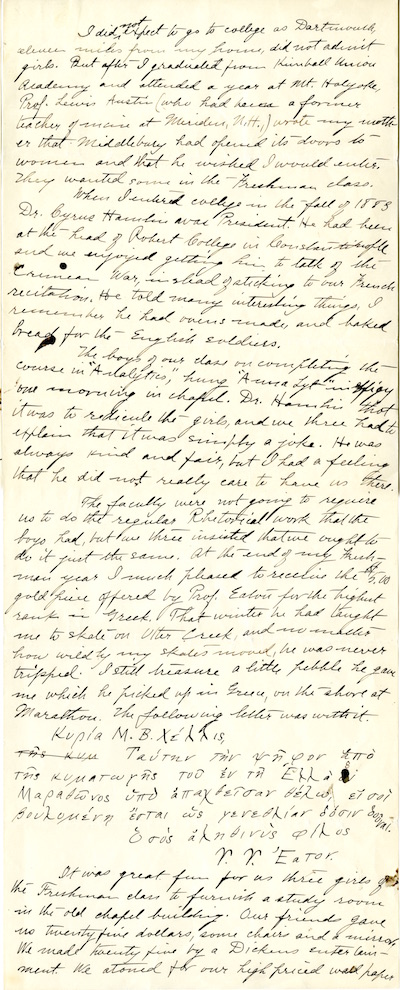This February, one of the most important books in the history of English literature is coming to Middlebury. This year marks the 400th anniversary of Shakespeare’s death, and to honor the centuries of the bard’s influence, the Folger Shakespeare Library is sponsoring a national tour of their collection of First Folios.

Considered one of the most influential books in the world, the First Folio includes 36 Shakespeare plays, 18 of which had never been printed before the First Folio in 1623. Without the First Folio, all of those plays – including Macbeth, Julius Caesar, Twelfth Night, The Tempest, As You Like It, and more – might have been lost forever.
From February 2-28, Middlebury College will serve as the Vermont site of the national tour, displaying the First Folio at the Middlebury Museum of Art.

To kick off this month of celebration, James Shapiro, Columbia University professor and renowned Shakespeare scholar, will give a lecture on Shakespeare’s role in American history on Wednesday February 3rd at 7:00pm in the Concert Hall.
Visit go/shakespeare for more information about events throughout the month of February, including a First Folio Festival on Thursday February 18th at 4:30pm in the Center for the Arts Lobby.
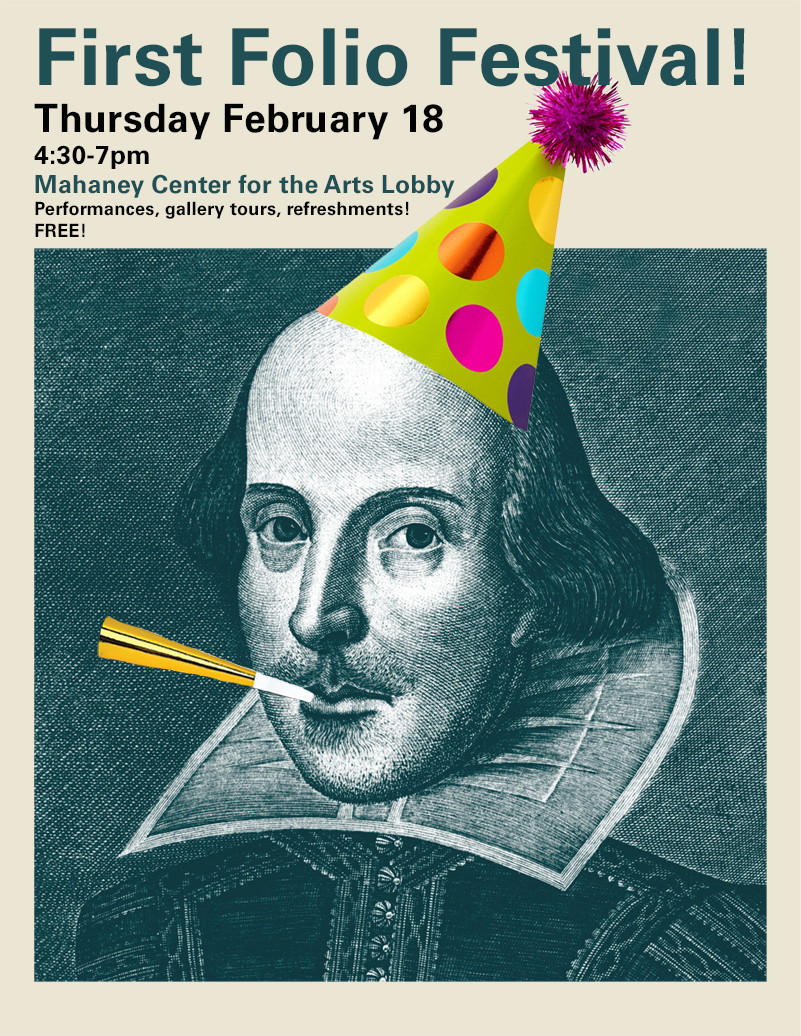







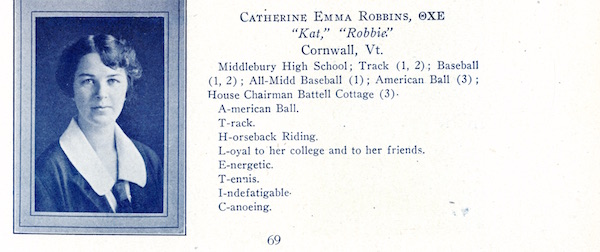

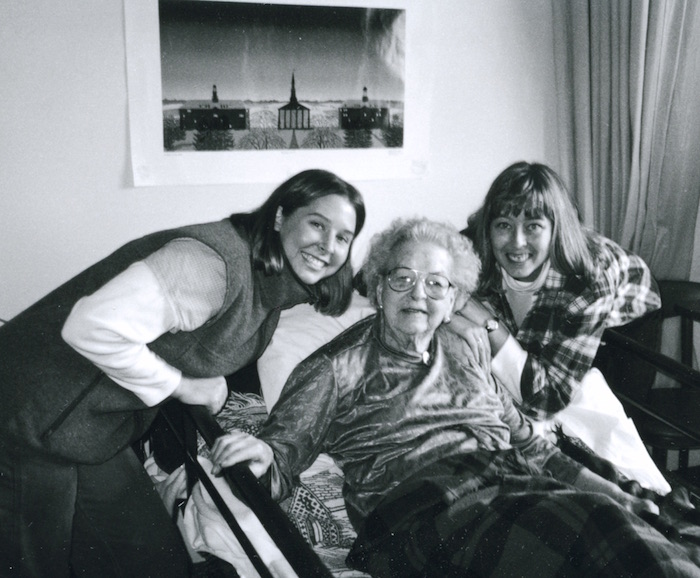
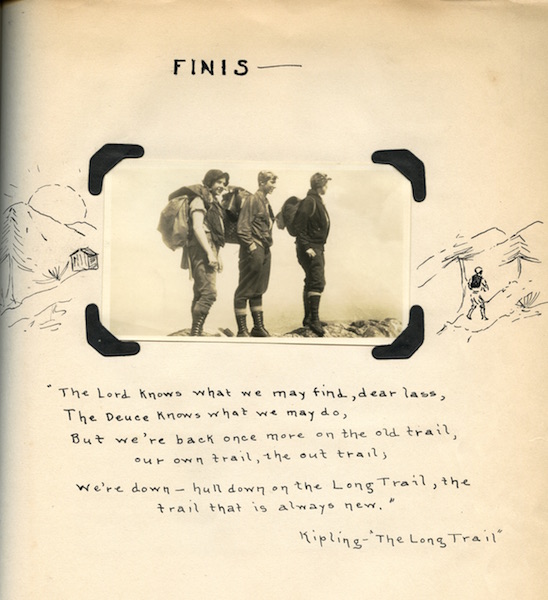


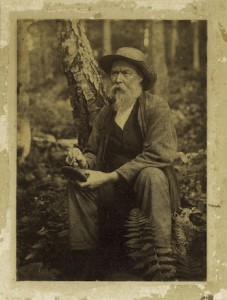

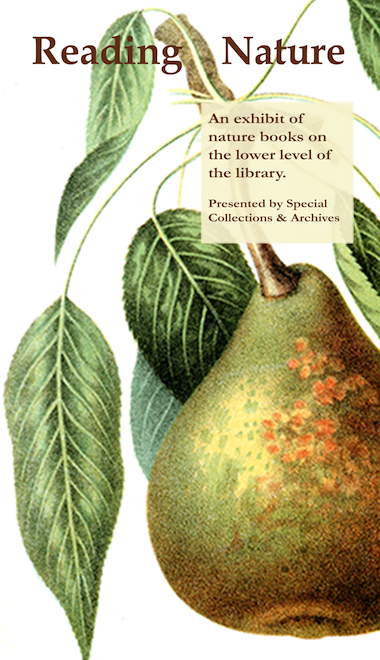

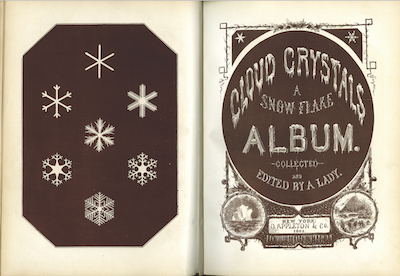
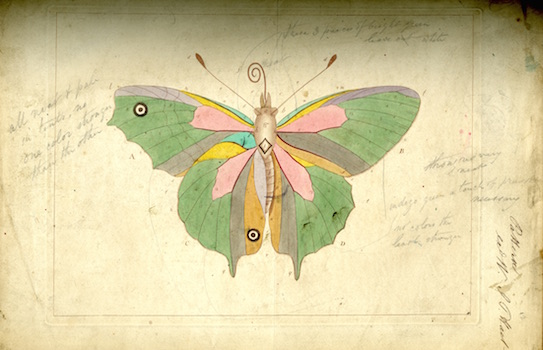

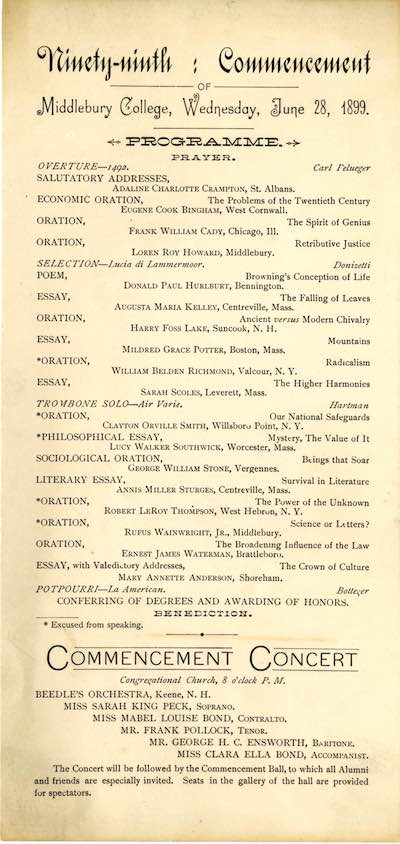 as valedictorian of the Class of 1899. As Valedictorian, she delivered a Commencement address
as valedictorian of the Class of 1899. As Valedictorian, she delivered a Commencement address
